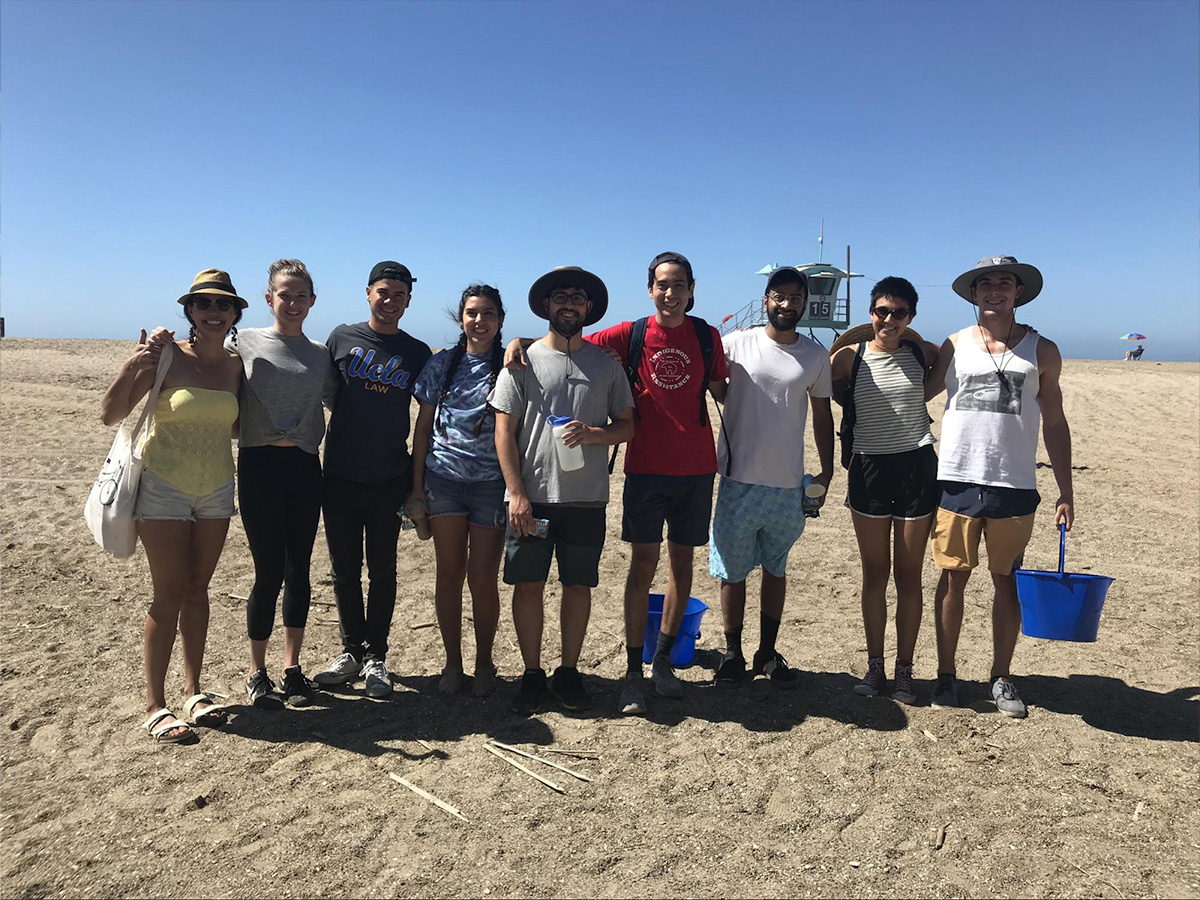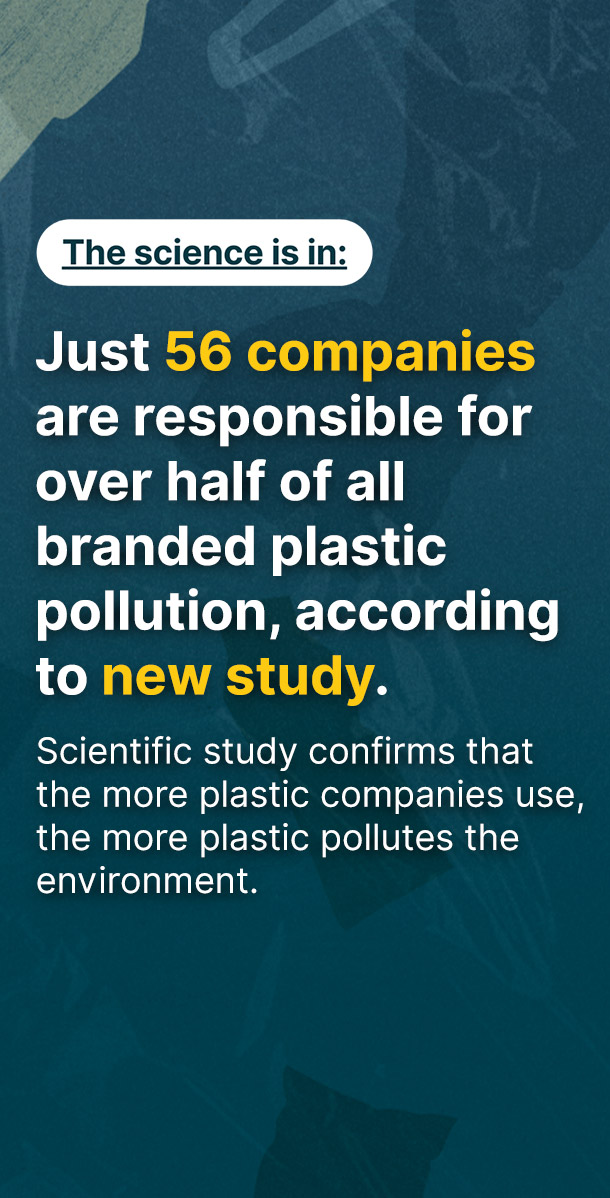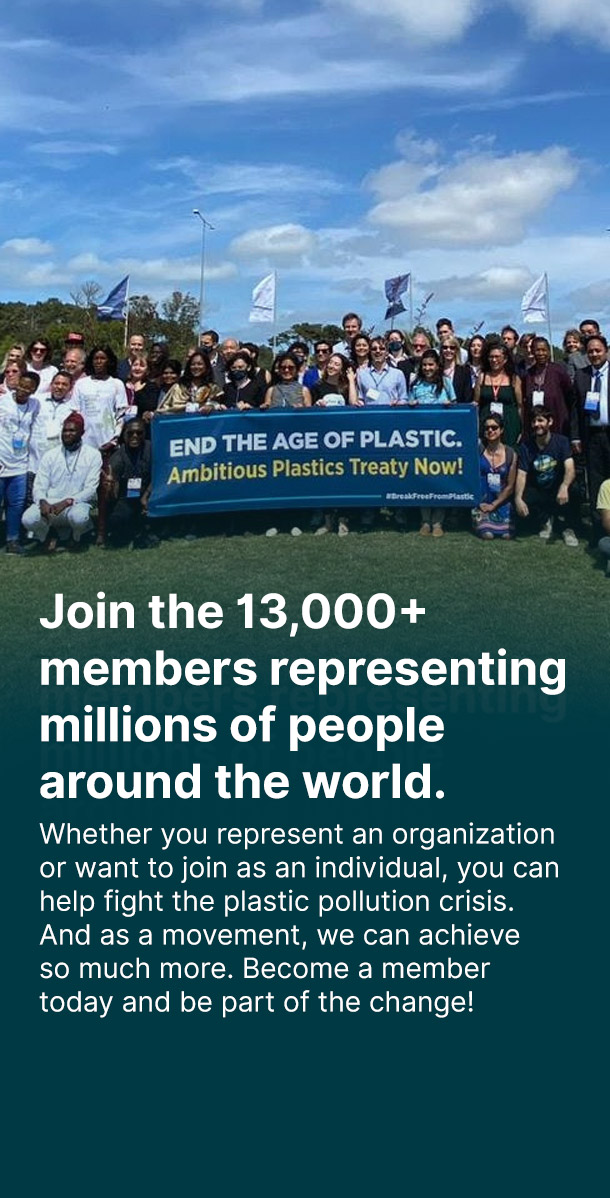1. What excites you most about the #breakfreefromplastic brand audit?
I am familiar with Ocean Conservancy’s approach to cleaning up the coast since I’ve had experience with the concept of “cleaning up a beach”. The brand audit is asking our volunteers to log data on branded trash. Through that journey, I was turned on by corporates being held accountable to their actions and not putting blame on common middle-class citizens. It’s forcing participants to look behind the curtain and open our eyes a little bit, we tend to buy into whatever they (Mcdonalds, etc) tell us is good, we end up purchasing whatever packaging they give us because of the good that we choose.
If corporates got on board with the impact they're having on common every day beaches, they can actually make a big difference. The brand audit is holding big corporate accountable, not just everyday citizens when it comes to plastic pollution.
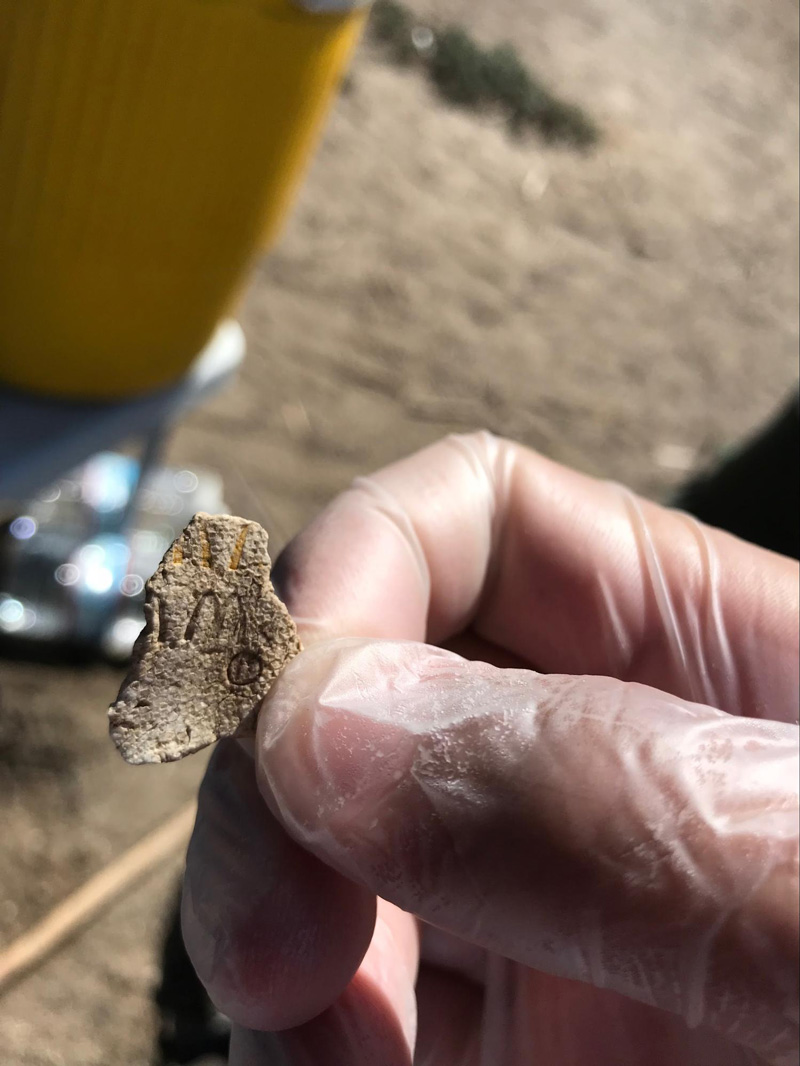
2. Give us a snapshot of the brand audit you coordinated.
Our brand audit took place on International Coastal Cleanup (ICC) Day on September 17th, 2018. Our volunteers understood there were two different missions going on, one for the ICC and one for the #breakfreefromplastic brand audit. We needed to convey the importance of the brand audit methodology even though it takes more time. We had a great turnout! 90 people showed up from near and far, they split into groups of 2-5 people and we noticed there were many different languages and ages involved, including girl scouts and boy scouts.
The brand audit steps were pretty straightforward to explain. Although it does add a few more steps, it resonated with those that are actually concerned to make a deeper change, for future generations to come. It's a beautiful effort and adds a healthy amount of push to whoever is organizing an event.
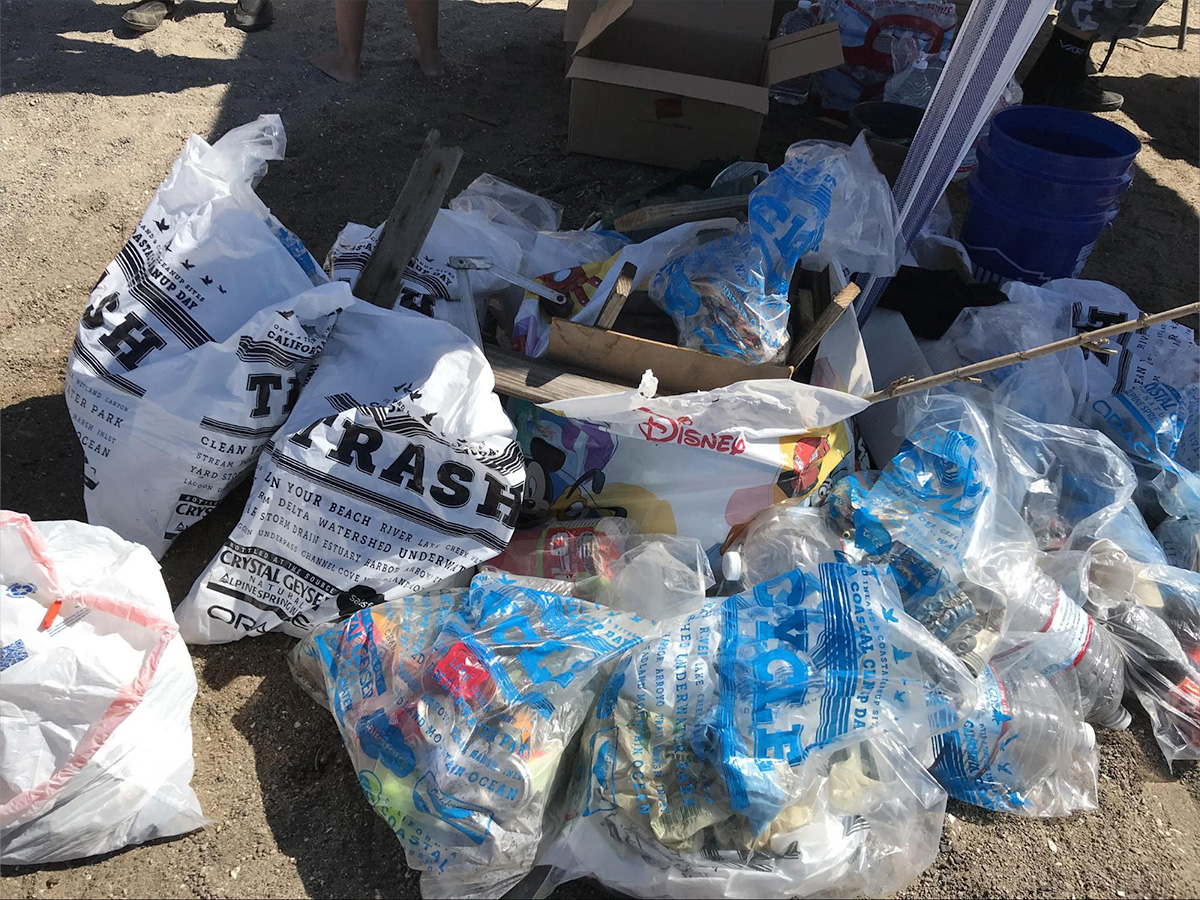
3. Tell us about your data!
The brand that was found most during the cleanup was Camel.
The most common type of trash was cigarette butts from many different brands.
The most unusual piece of trash was a cup full of poop.
The largest piece of trash was a worn and torn beach ball.
The volunteers seemed eager to continue the cleanup, even took paperwork with them to different beaches after we were finished with the event. I think the idea of auditing brands for their effect on the world is appealing to those who can see the bigger picture.

